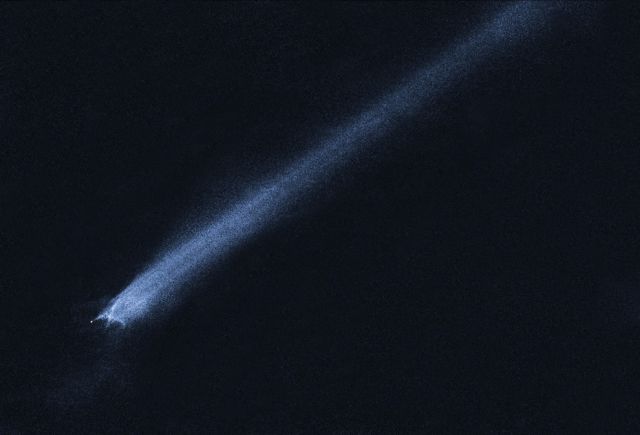Like what they are saying caused this:

Too many variables, beginning with the composition of the comet itself. At best, they're able to get somewhat of a useable calculation based on size, speed, distance from the sun, and repeated observations of the dust particles being emitted. And this all based on an intact nucleus. A breakup creates more surface area that is exposed and no really good way to even calculate the increased area with that model. And again, we're taking dust particles, not the big chunks dependent upon the comet's makeup.
Take another look at ISON's breakup. How do you calculate that? Look at the comet that impacted Jupiter and the one I was telling you about that has broken into about 60 pieces, the last piece coming near to earth. I think this might be it: http://ssd.jpl.nasa.gov/sbdb.cgi?sstr=73P-C
Like what they are saying caused this:
